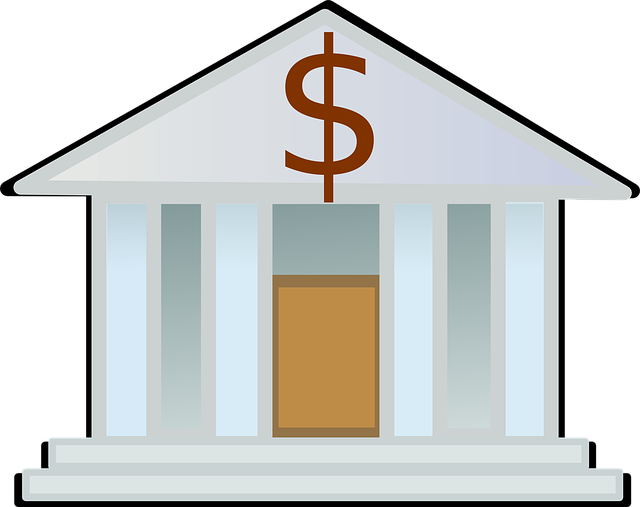In the dynamic real estate market, short-term funding with flexible terms (3 months – 1 year) is a vital tool for investors and developers to adapt to market changes. Despite variable interest rates, well-planned borrowing strategies ensure access to capital. Rising rates impact purchasing decisions, encouraging financially stable investors to secure deals and diversify portfolios across asset classes. To mitigate risks, investors are renegotiating with lenders or turning to hard money loans for short-term funding. Value-add strategies like acquiring undervalued properties and cost-saving renovations help thrive in challenging conditions.
In today’s dynamic real estate market, understanding short-term funding options and their interaction with rising interest rates is paramount for investors. As rates climb, traditional financing models shift, impacting investment strategies. This article delves into the intricacies of short-term funding in real estate, explores the effects of higher interest rates on investors, and offers practical strategies to navigate this challenging landscape. By embracing informed decision-making, investors can capitalize on opportunities amidst changing economic conditions.
Understanding Short-Term Funding in Real Estate

In the dynamic world of real estate, understanding short-term funding is crucial for both investors and developers. Short-term funding refers to financing options that provide capital for a limited period, typically ranging from a few months to a year. This form of financing is particularly attractive in real estate due to its flexibility and ability to cater to various project stages, from initial development to bridge loans while awaiting long-term financing.
Real Estate professionals often leverage short-term funding to navigate market fluctuations and seize opportunities. Higher interest rates, while a consideration, can be managed through strategic borrowing and repayment plans. These strategies ensure investors and developers can access the necessary capital to execute projects efficiently, allowing them to capitalize on emerging trends and maintain competitive edge in the ever-changing real estate landscape.
The Impact of Higher Interest Rates on Investors

Higher interest rates significantly impact investors, especially those in the real estate market. As rates climb, the cost of borrowing increases, making it pricier for individuals and businesses to secure loans for investments or property purchases. This shift can influence investor behavior, with some opting to pause major decisions until rates stabilize, while others might explore alternative financing options.
For real estate investors, higher interest rates could potentially slow down market activity. It may discourage speculative buying and lead to a more calculated approach. However, it also presents opportunities for those who have been saving or have access to capital. The increased cost of borrowing can result in better deals and more feasible investment strategies for those with strong financial foundations.
Strategies for Navigating This Challenging Landscape

In the face of heightened interest rates, real estate investors must adapt their strategies for short-term funding. One key approach is to explore alternative financing options that offer more flexible terms and lower costs. This could involve negotiating with lenders for better rates or considering hard money loans tailored to real estate investments. Diversifying investment portfolios by exploring different asset classes and market segments can also help mitigate risk. For instance, shifting focus towards regions with stronger rental markets or properties with higher demand can provide stability despite fluctuating interest rates.
Additionally, investors should focus on value-add strategies in the Real Estate sector. This includes acquiring undervalued properties, implementing cost-saving measures during renovation, and strategically positioning assets for long-term appreciation. By combining these methods, investors can navigate this challenging landscape, capitalize on opportunities, and maintain profitability even with short-term funding constraints and higher interest rates.






